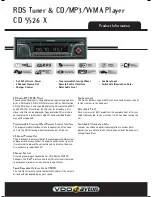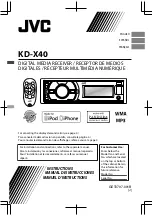
Ascotel® IntelliGate® 2025/2045/2065 as of I7.9
Operation and Maintenance
237
sy
d-
020
4/1.
7
– I7.
9
– 1
2
.2009
Configuring a local signal destination on an Ethernet interface
A PC (with the System Event Manager) connected either directly to the Ethernet in-
terface or to the basic system via a LAN (LAN connection) can be configured as the
local signal destination.
The event messages are displayed in PC format.
The "
Local Output Interface
" must be set on "
IP Destination
" in the Fault & Mainte-
nance Manager.
The following parameters need to be selected or entered in the Fault & Mainte-
nance Manager:
•
Destination: Ethernet
•
IP address of the PC
•
TCP port number (the initialization value is 1062; if the value is changed in the
SEM, it will have to be altered accordingly on the PBX side.)
Signal destination Event Log
When the PBX is initialized, the signal destination Event Log is automatically allo-
cated event table 4. In event table 4 the frequency for all event types (with the ex-
ception of the event type "
Too many event messages
") is set on "1" and the time pe-
riod on "0". This means that all the PBX's event messages are immediately entered
in the event log.
If the signal destination event log is assigned a different event table or if event ta-
ble 4 is reconfigured, the event messages are entered in the event log in accord-
ance with the new event table or the new configuration.
The Event Log consists of four protocols:
•
Event messages (max. 254 entries)
•
System failures (max. 80 entries)
•
Power failures (max. 10 entries)
•
Card failures (max. 150 entries)
If the maximum number of entries is exceeded, the oldest entry in each case is de-
leted.
















































